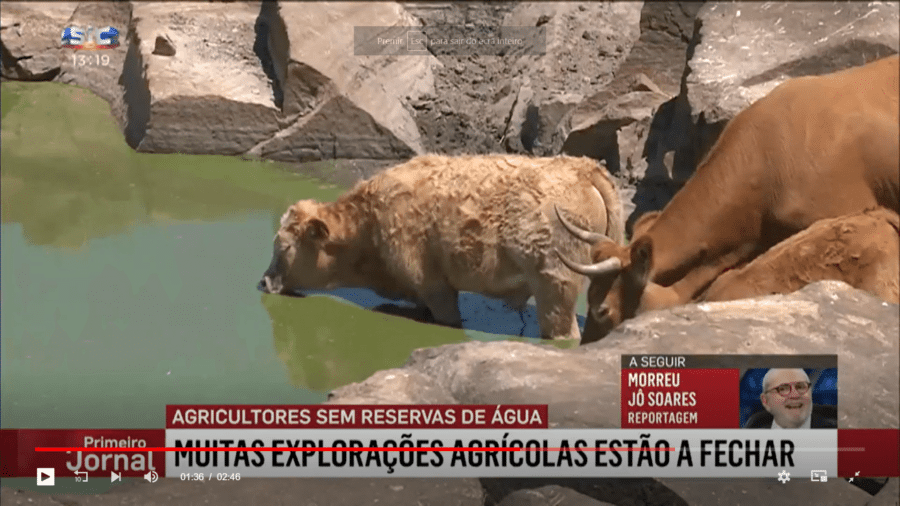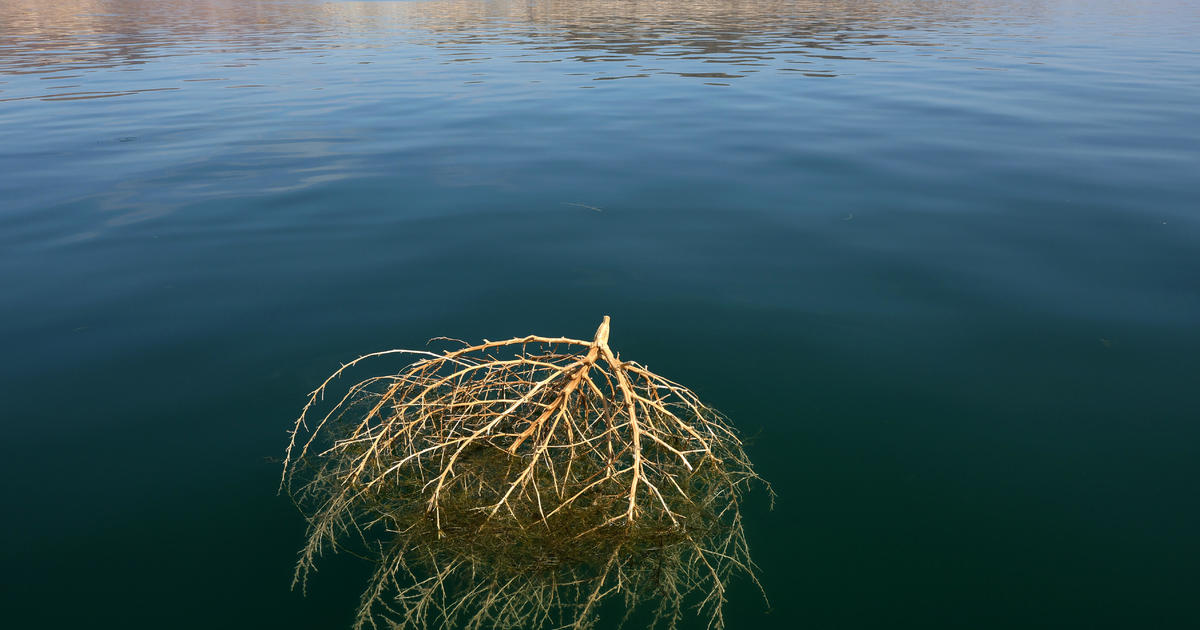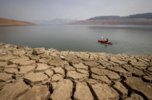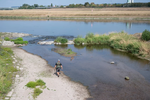Good morning, and welcome to the Essential California
newsletter. It’s
Friday, Aug. 12. I’m Times staff writer Marissa Evans.
California is burning and drying up fast thanks to the “Day After Tomorrow"-esque cinematic combination of wildfires, hotter heat waves, a historic drought, decreased storm runoff and climate change. If only we had some of the water from the movie.
And just like the utopian sunshine our state is known for, drought will also continue to be a likely feature of California living. But as our staff writer
Ian James reports, Gov. Gavin Newsom is adamant that his new blueprint to combat California’s water crisis will quench the state’s thirst for solutions.
It’s estimated that the state will lose 10% of its water supply — more than the volume of Shasta Lake — by 2040. If his plan works, Newsom and his water policy experts are betting that they can save enough water for an estimated 8.4 million households.
“The best science tells us that we need to act now to secure California’s water future. Climate change means drought won’t just stick around for two years at a time like it historically has,” Newsom said in a statement. “Drought is a permanent fixture here in the American West, and California will adapt to this new reality.”
In his 16-page plan, Newsom is advocating for expanding water storage capacity above and below ground by 4 million acre-feet; expanding average groundwater recharge by 500,000 acre-feet; accelerating wastewater recycling projects to reuse at least 800,000 acre-feet of water by 2030; building projects to capture more runoff during storms; and desalination of ocean water and salty groundwater.
“Regardless of drought or flood, in this changing climate there will be less water available for people to use,” the state plan says. “To match the pace of climate change, California must move smarter and faster to update our water systems. The modernization of our water systems will help replenish the water California will lose due to hotter, drier weather.”

 www.portugalresident.com
www.portugalresident.com

 www.portugalresident.com
www.portugalresident.com










 ACK!!!!!! I think I'd rather grind some tree bark.
ACK!!!!!! I think I'd rather grind some tree bark.




